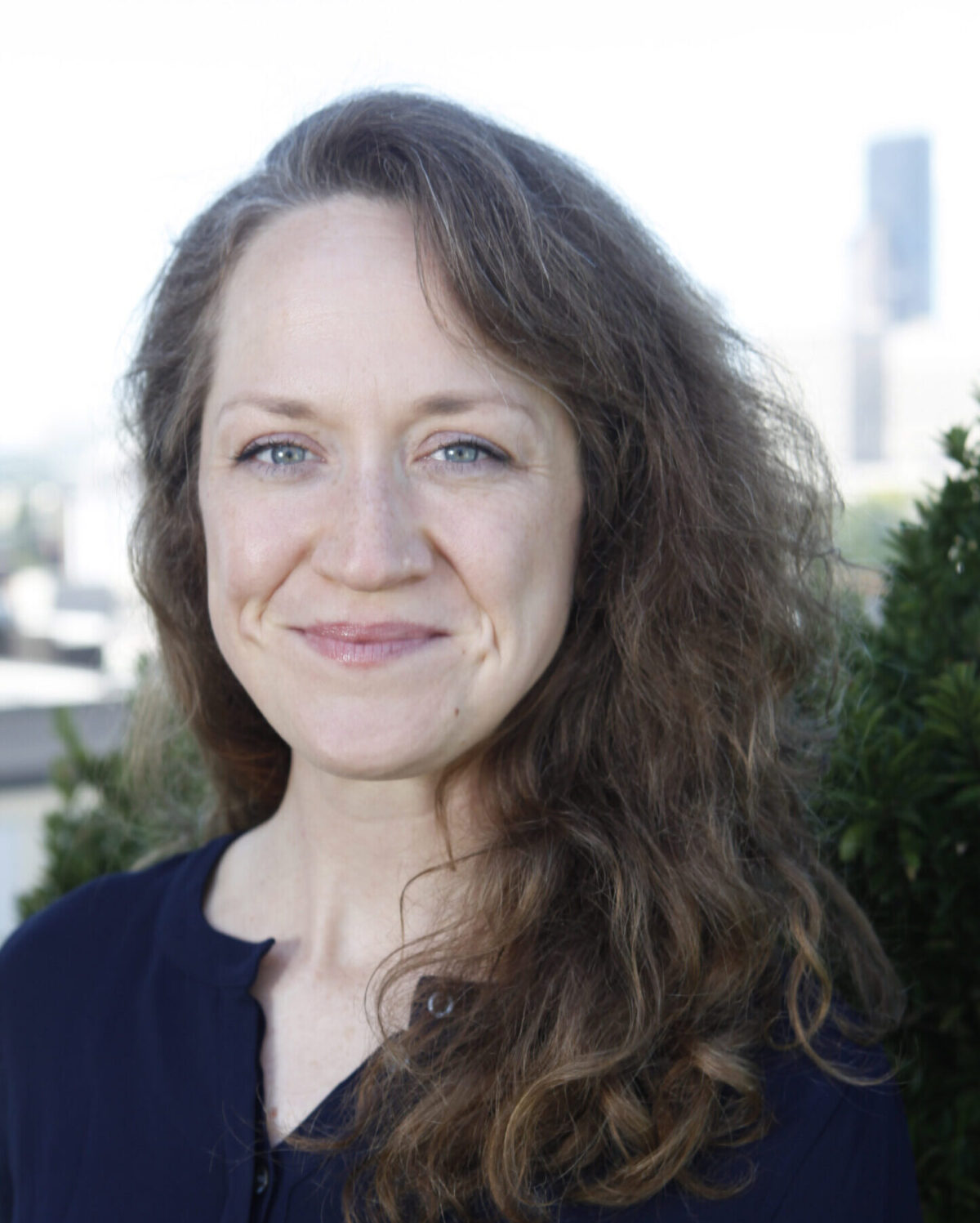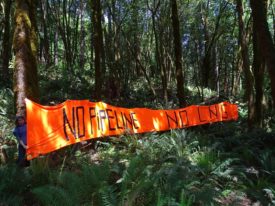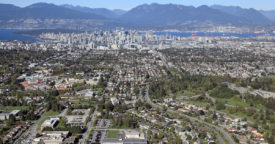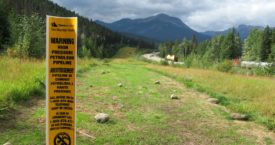Clark:
A new solution to the quintessential Northwest dilemma: biking vs. skiing. Now there’s no need to choose!
Alan:
What would transit PSAs look like if they were produced by the same people who make trailers for Hollywood action films? Here’s what.
Then, a town in the Netherlands brags, on a road sign, that it is FREE OF TRAFFIC SIGNS. What is that all about? A delightful essay called “Anarchist Calisthenics” in the December Harper’s by James C. Scott explains.
Because Harper’s quaintly refuses to give away its articles for free online, you can only read the whole article by subscribing. (Do it!) Here’s the part I found most intriguing:
The regulation of daily life is so ubiquitous and so embedded in our routines and expectations as to pass virtually unnoticed. Introduced in the United States after World War I, the traffic light substituted the judgment of the traffic engineer for the give-and-take that had prevailed historically between pedestrians, carts, motor vehicles, and bicycles. Its purpose was to prevent accidents by imposing a coordination scheme. More than occasionally, the result has . . . scores of peole waiting patiently for the light to change when it is perfectly apparent there is no traffic whatsoever, suspending their independent judgment out of habit or perhaps out of a civic fear of the ultimate consequences of exercising it against an electronic legal order.
What would happen if there were no electronic order at the intersection, and motorists and pedestrians had to exercise their independent judgment? Since 1999, this question has been put to the test with stunning results, leading to a wave of ‘red-light removal’ plans across Europe and in the United States. Both the reasoning behind this small policy initiative and its results are, I believe, relevant to other, more far-reaching efforts to craft institutions that enlarge the scope for independent judgment.
Now, perhaps this thought just speaks to me, because I have been scouring the law books of the Northwest for the past year and a half in search of rules that make common-sense, affordable, green solutions illegal. But the realization that much of the time we spend waiting for lights at intersections is wasted — and that less regulation of intersections might reduce that waste while actually improving safety — sure feels like a paradigm shift.
I am more often a cyclist than a driver, and because many Northwest drivers complain that cyclists too often disobey traffic lights and other rules of the road, I am usually a fairly scrupulous observer of traffic laws on my bike. I don’t want to contribute to resentment of people on bicycles! Still, I admit to a certain closeted envy of the cyclists who, as I did in my twenties on the East Coast, decide when and where to ride by their judgment of what’s safe, not what’s legal. They get where they’re going quicker than I do, and more judgment-based traffic management, rather than electronic traffic management, makes sense when we’re all moving at human-powered speeds.
The essay’s larger point also warrants reflection: the more extensive and detailed legal prescriptions become, the less judgment we employ. That’s a tradeoff we discuss too little in policy discussions.
Anna:
I haven’t known where to begin processing the news out of Newtown, CT. I just keep thinking: This is not what freedom looks like. I wasn’t alone. Adam Gopnik makes an apt analogy between gun control and medical cures for well-understood diseases:
Gun control is not a panacea, any more than penicillin was. Some violence will always go on. What gun control is good at is controlling guns. Gun control will eliminate gun massacres in America as surely as antibiotics eliminate bacterial infections. As I wrote last week, those who oppose it have made a moral choice: that they would rather have gun massacres of children continue rather than surrender whatever idea of freedom or pleasure they find wrapped up in owning guns or seeing guns owned—just as the faith healers would rather watch the children die than accept the reality of scientific medicine. This is a moral choice; many faith healers make it to this day, and not just in thought experiments. But it is absurd to shake our heads sapiently and say we can’t possibly know what would have saved the lives of Olivia and Jesse.
George Lakoff, for his part, hopes that we’ll talk more openly about true freedom, highlighting Obama’s recent question: “Are we prepared to say that such violence visited on our children year after year after year is somehow the price of our freedom?”
Here’s a podcast interview with one of my heroes, ecologist and author Sandra Steingraber, talking about the fossil fuel body burden. A lot of the toxics in our bodies are petro-chemical. She believes that we can both reform toxics regulation and stop climate change by getting off of dirty fossil fuels.
Oh, and if you missed it a while back, I highly recommend Jill Lepore’s history of income taxes (and what it means for our current fiscal cliff—or bluff—situation).
Eric:
I’ve got coal on the brain this holiday season.
Over at Climate Solutions, our friends Ross MacFarlane and Nick Abraham have a killer takedown of the coal industry’s claims about jobs. They document the recent layoffs, abuses, and “efficiencies” practiced by the very firms that hope to ship mountains of coal from the Northwest to Asia.
Also, the good folks at the Wilderness Committee of Canada have a great new video on blocking coal exports from British Columbia.
Last but not least, the Seattle Times’ Lance Dickie leans back and crushes a home run way up into the stands with his column today. If you’re even remotely interested in the coal exports debates, please consider this mandatory reading.








